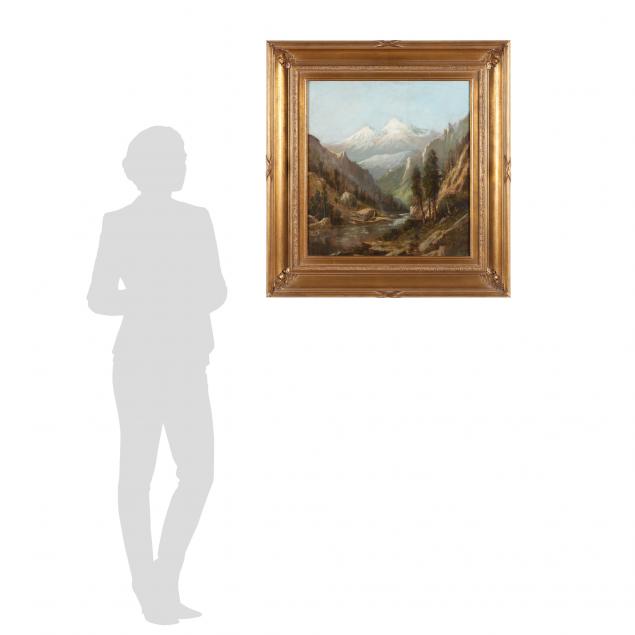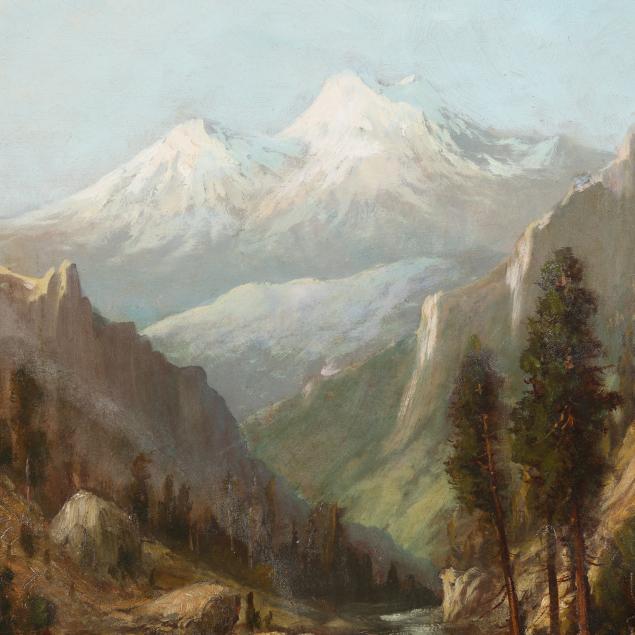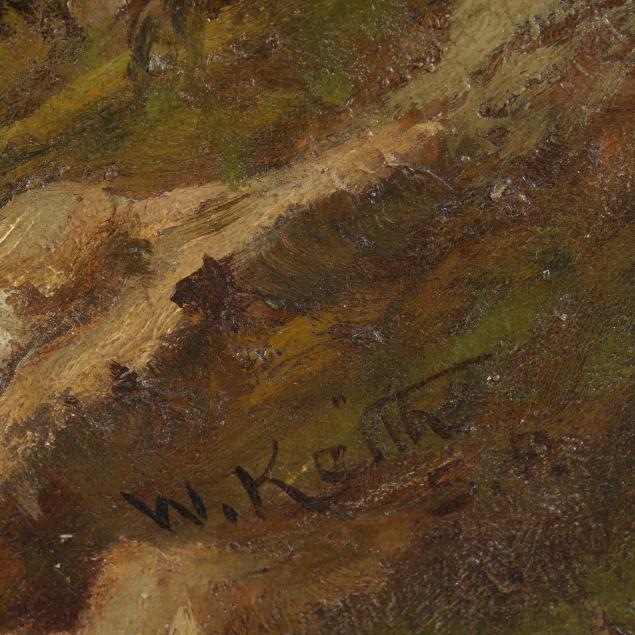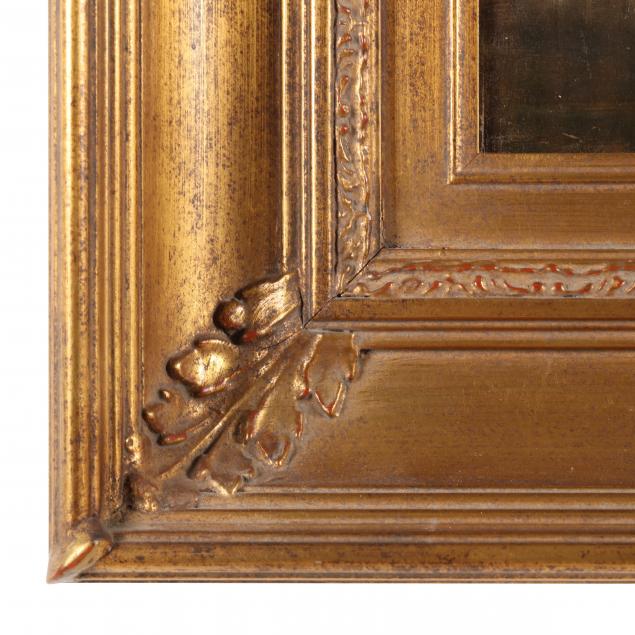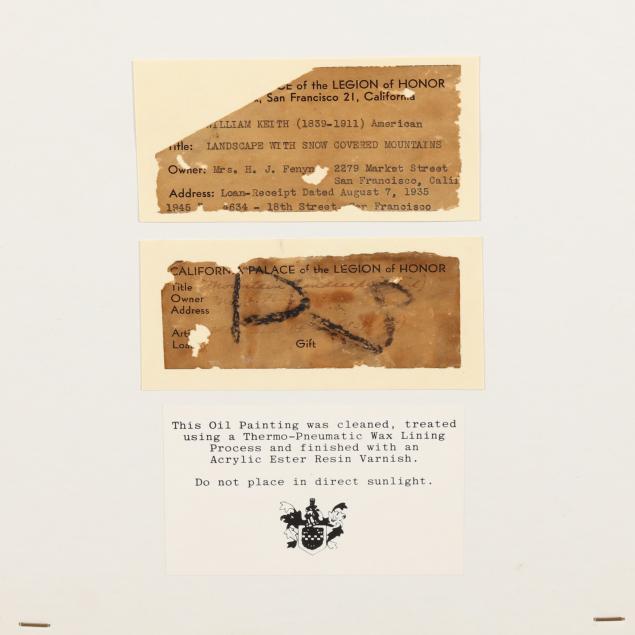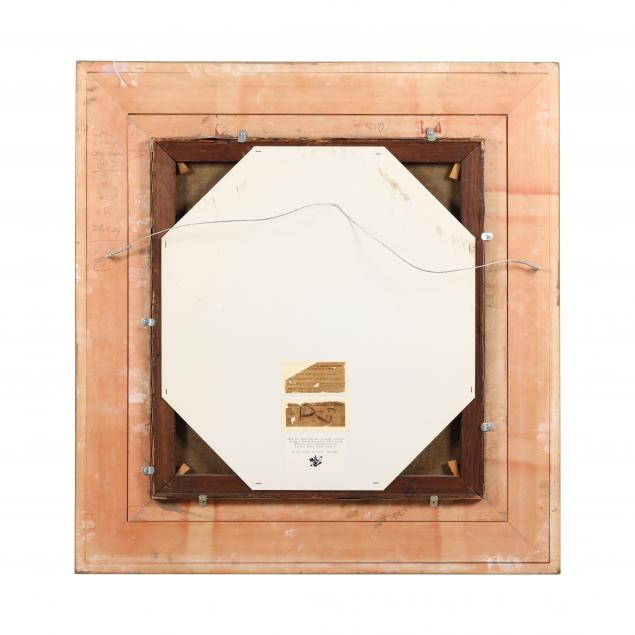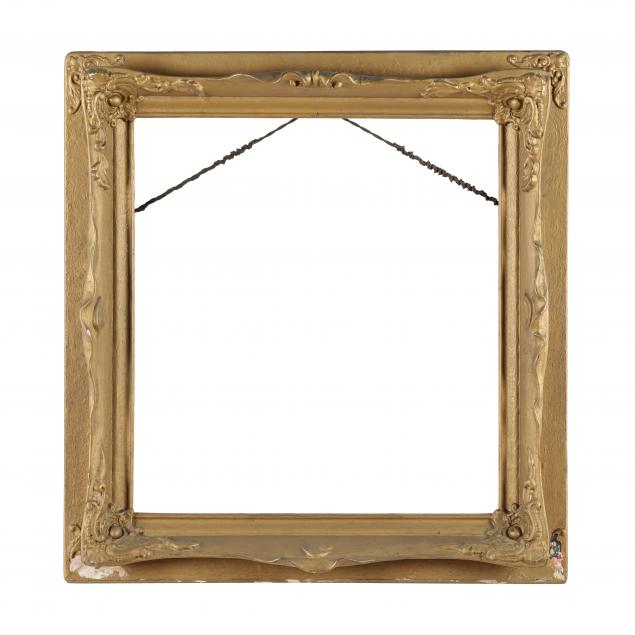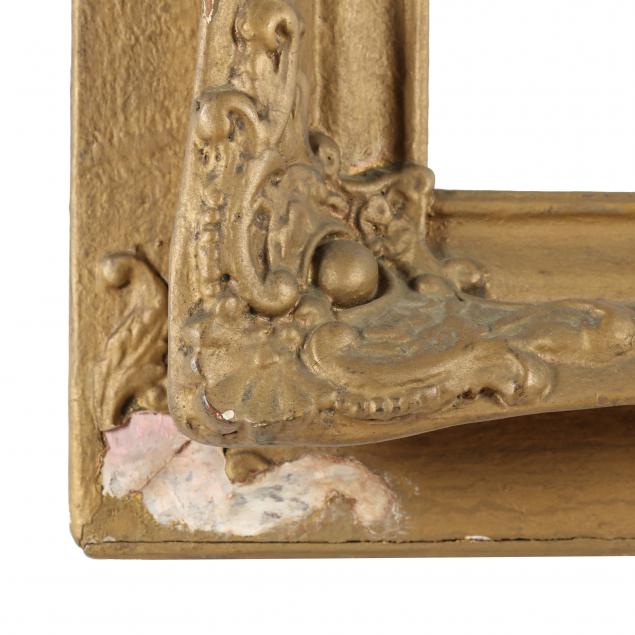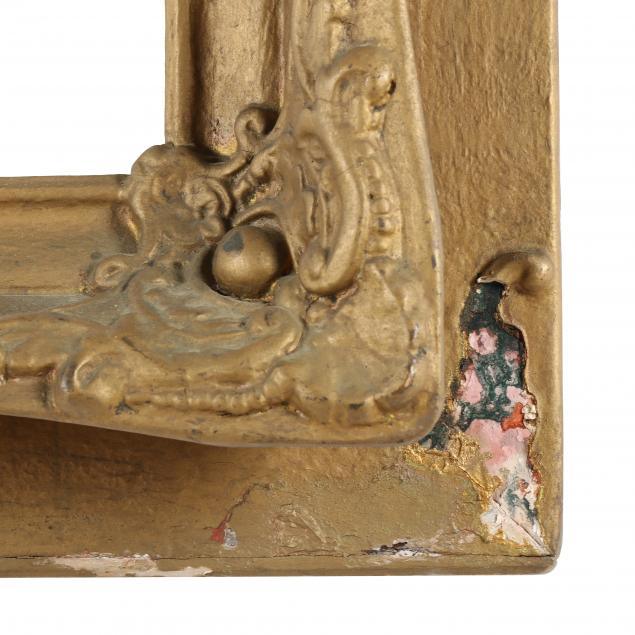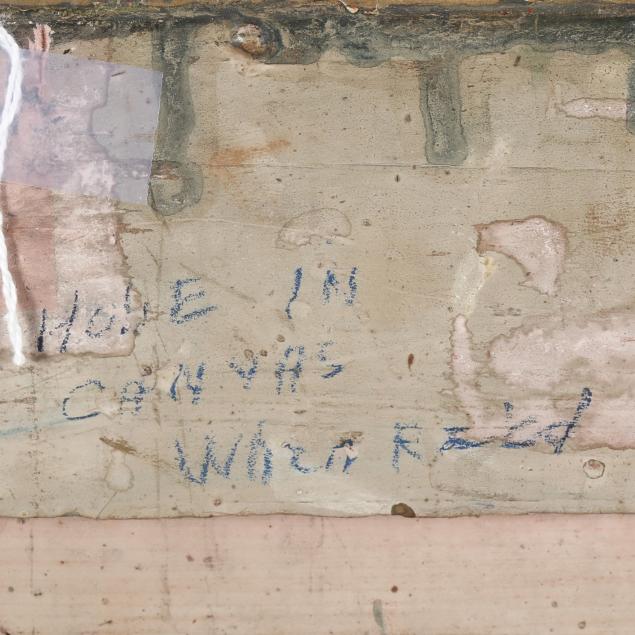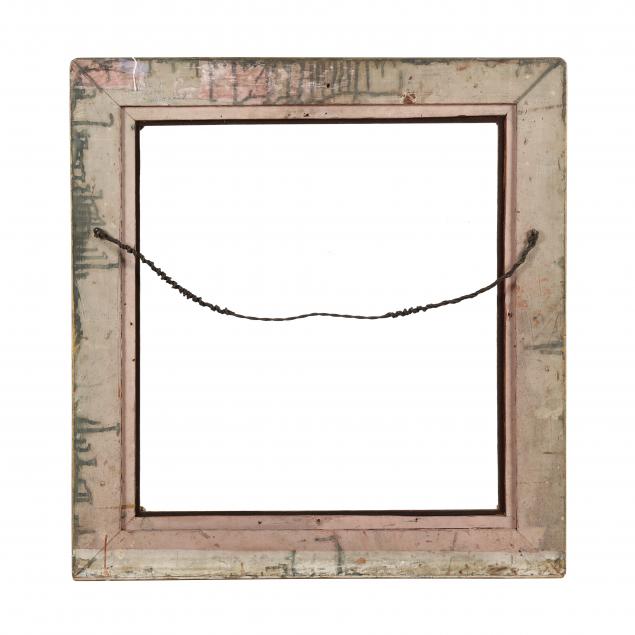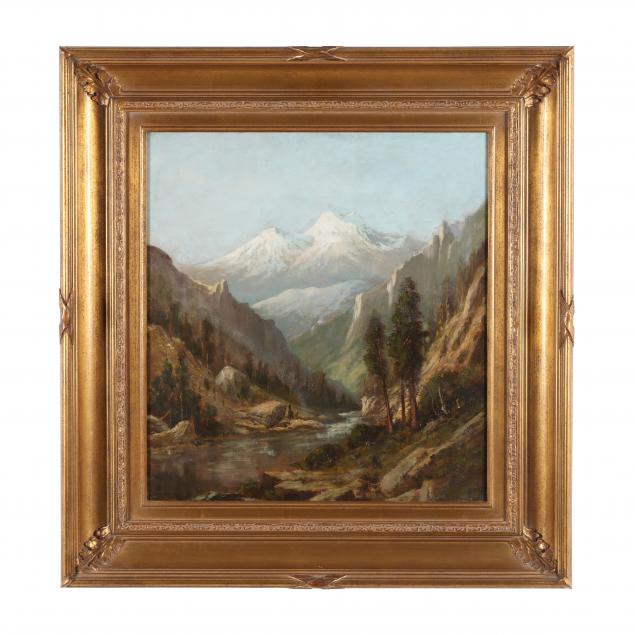
Lot 7008
William Keith (American, 1838-1911), Landscape with Snow Covered Mountains
Explore more items like this one.
Visit our Fine Art Department Fine Art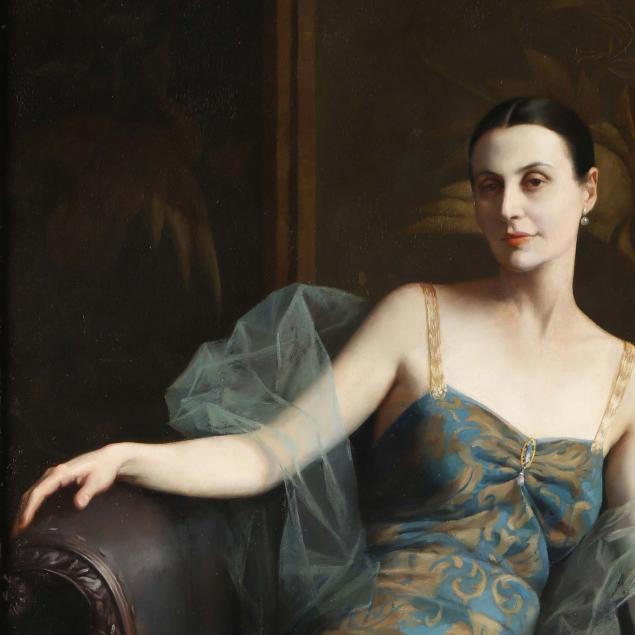
Lot Details & Additional Photographs
Sold with the original period frame - Rabbet size 25 1/2 x 23 1/2 in.; Frame dimensions 32 x 30 x 3 in. (as-is, with chipping and later gold paint).
Stretcher size 24 x 22 1/4 in.; Frame dimensions 34 1/2 x 32 1/2 in.
From the Collection of Harry J. Fenyn, San Francisco, California
Exhibited:
California Palace of the Legion of Honor, San Francisco, 1935
William Keith was a Scottish-born American artist who gained great recognition for his California landscapes. Keith first arrived in San Francisco in 1859, where he found work as an engraver before opening his own engraving shop. In 1868, after receiving a commission from a steamship company to paint landscapes along the Columbia River, Keith devoted himself to painting full time.
Following several years in Europe and the eastern United States, Keith returned to San Francisco in 1872. That same year, he met the naturalist John Muir with whom he became great friends. The two men traveled throughout California, where Keith began painting the grand landscapes of the Sierra Nevada and Yosemite in a style greatly influenced by the French Barbizon school artists he admired during his earlier travels.
William Keith remains closely associated with the California landscape. His later works became even looser and more atmospheric, much in the manner of other American tonalists like George Inness and James Abbott McNeill Whistler. He exhibited widely over the course of his career and his paintings are found in numerous prominent public collections including The Metropolitan Museum of Art, New York, de Young Museum of San Francisco, Brooklyn Museum, the Crocker Art Museum in Sacramento, California and the North Carolina Museum of Art.
The painting has been wax lined, with some minor areas of flaking and a professionally restored hole to canvas with associated light retouching visible under UV light inspection, stable age cracking.
